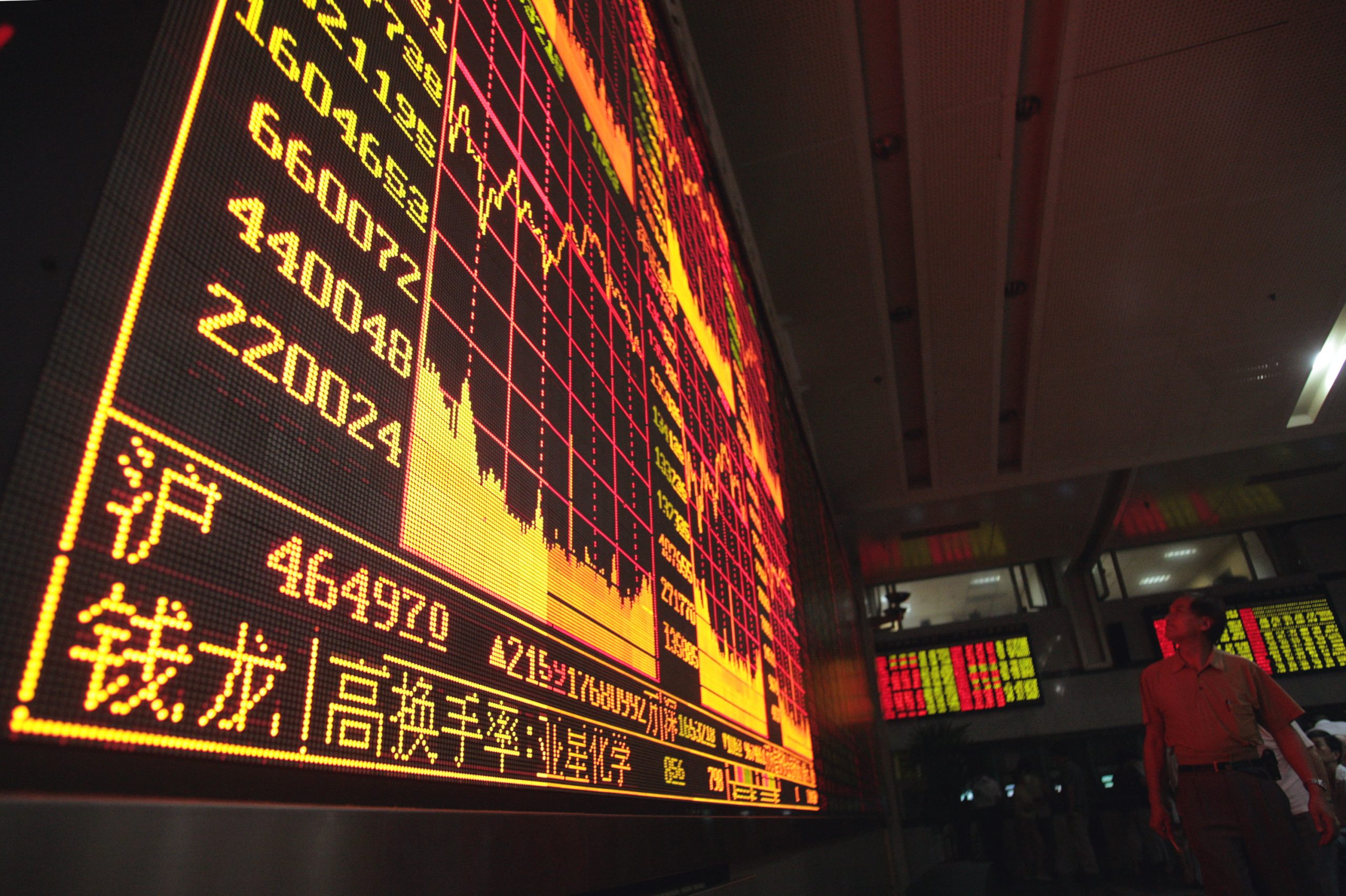Economy
China Accelerates $142 Billion Bond Sale to Boost Economy

(Bloomberg) –China has ordered local governments to speed up the issuance of debt earmarked for infrastructure projects, so that the proceeds can be invested early in 2020 to help shore up the slowing economy.
All localities are required to allocate the recently issued “special bond” quota of 1 trillion yuan ($142 billion) “as soon as possible” to specific projects, the Ministry of Finance said in a statement late Wednesday. There were no details on when the sales will actually begin, or what the total quota for 2020 will be. Analysts disagreed on whether the statement implies issuance will start as soon as December.
Until this year, sales of the bonds began in March, after the legislature formally approved the annual budget. In 2019 bond issuance began in January so that the money could be spent earlier and faster on infrastructure projects to boost demand. The announcement on Wednesday shows that the government is trying to jump-start that process even earlier next year.
Read: How the Trade War and a Changing China Are Roiling World Shipping
The decision indicates a willingness among policy makers to inject more stimulus into the economy, according to a note from Bloomberg Economist Qian Wan. “The front loading of special bond issuance will also ensure funding for infrastructure projects at the beginning of next year” and the size suggest the quote may exceed the 2.15 trillion yuan one this year, she wrote.
The yield on benchmark 10-year government bonds briefly rose about 2 basis points to near 3.2% following Wednesday’s announcement. It then fell Thursday to 3.18%. Shanghai rebar futures were down 0.1% at 10:08 a.m. Thursday.
So-called special bonds have mostly been used for infrastructure spending. The State Council, China’s cabinet, in June expanded the sectors that funds raised via the special bonds can be put toward. For 2020, they will include transport, energy, agriculture and forestry, vocational education and medical care.
“This move echoes our view of a supportive policy stance,” Morgan Stanley economists led by Robin Xing wrote in a note. “The issuance could start as early as next month, and focus on infrastructure projects in Southern China which could operate smoothly during winter.”
Analysts at Tianfeng Securities Co. were more conservative on the timing, predicting issuance will likely only start early next year.
“Now the chance of issuing quota by the end of this year is very low,” analysts led by Sun Binbin wrote in a note. “The beginning of next year could be more likely.”
–With assistance from Crystal Chui.
-

 Real Estate2 months ago
Real Estate2 months agoAl Mouj Muscat Unveils Azura Beach Residences Phase 2: A New Chapter in Waterfront Living
-

 Leaders Speak1 month ago
Leaders Speak1 month agoDhofar International Development and Investment Company: Driving Sustainable Growth and Strategic Synergies in Oman’s Investment Landscape
-

 Economy1 month ago
Economy1 month agoMaal Card: What Oman’s New National Payment Card Means for Everyday Users
-

 Events1 month ago
Events1 month agoOER Corporate Excellence Awards 2025 Honours Entities and Innovations in Oman
-

 OER Magazines2 months ago
OER Magazines2 months agoOER, October 25
-

 Arts and Culture2 months ago
Arts and Culture2 months agoOminvest and Bait Al Zubair Launch “Future Frames” to Empower Youth through Art and AI
-

 Entertainment2 months ago
Entertainment2 months agoWhere Heritage Meets Haute Couture: Al Sadaa Haute Couture Transforms the Sultanate’s Fashion Scene
-

 News2 months ago
News2 months agoMs. Noor Saldin, Founder of Modern Generation International School, Wins Woman of the Year 2025; School Honored for Empowering Future Female Leaders






























